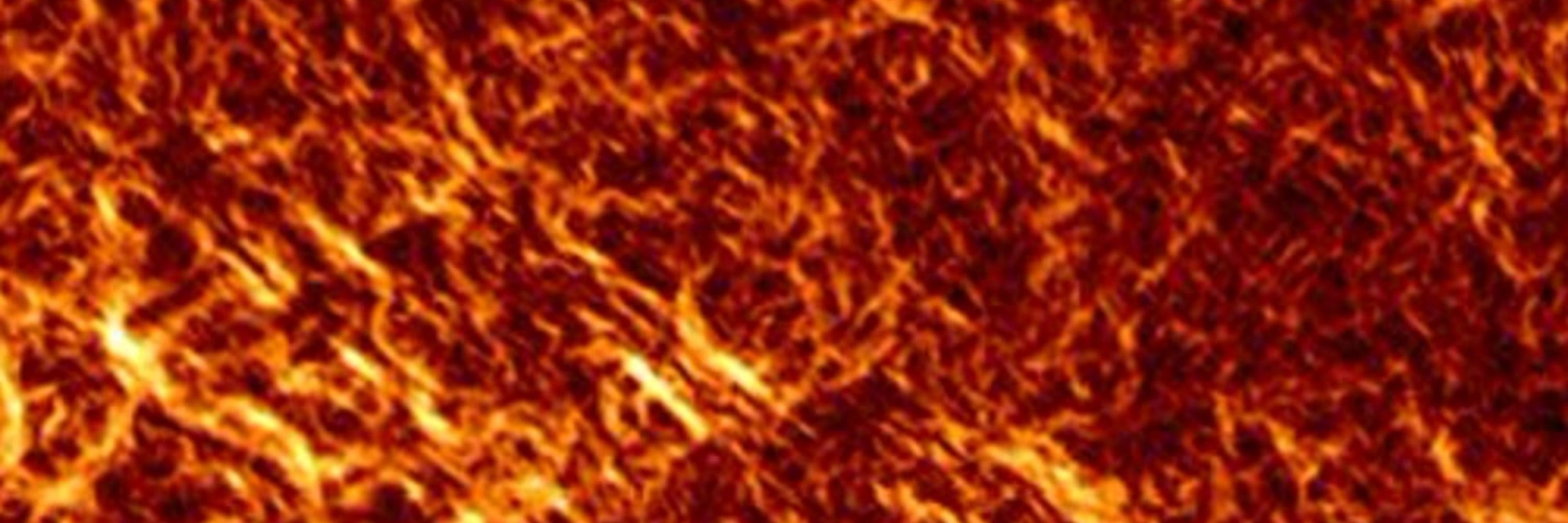
Bryan Gaensler
@scibry.bsky.social
Dean of Science at the University of California Santa Cruz (UCSC). Astronomer, sci-fi connoisseur, rugby league devotee, puzzled parent 🇦🇺🇨🇦. Opinions ∉ UCSC.
Santa Cruz CA, USA. He/him. bryangaensler.net
Santa Cruz CA, USA. He/him. bryangaensler.net
I wish! I’m not sure the origin, but it wasn’t me.
November 8, 2025 at 8:47 PM
I wish! I’m not sure the origin, but it wasn’t me.
Full paper: arxiv.org/abs/2505.08272

The Polarisation Sky Survey of the Universe's Magnetism (POSSUM): Science Goals and Survey Description
The Australian SKA Pathfinder (ASKAP) offers powerful new capabilities for studying the polarised and magnetised Universe at radio wavelengths. In this paper, we introduce the Polarisation Sky Survey ...
arxiv.org
May 14, 2025 at 2:39 PM
Full paper: arxiv.org/abs/2505.08272
(My first lead-author paper since 2011, and only possible because of heroic efforts from George Heald, Craig Anderson, Naomi McClure-Griffiths, Cameron Van Eck, Jennifer West, and many others. Thank you!)
May 14, 2025 at 2:36 PM
(My first lead-author paper since 2011, and only possible because of heroic efforts from George Heald, Craig Anderson, Naomi McClure-Griffiths, Cameron Van Eck, Jennifer West, and many others. Thank you!)
Only some ATels so far. Working on papers!
March 28, 2025 at 1:18 AM
Only some ATels so far. Working on papers!
100%. These points were all emphasized by the people who introduced him!
March 26, 2025 at 4:04 PM
100%. These points were all emphasized by the people who introduced him!
(This was the 2025 Mandel Lecture at Santa Cruz’s famous Rio Theatre.)
March 26, 2025 at 2:45 PM
(This was the 2025 Mandel Lecture at Santa Cruz’s famous Rio Theatre.)
A neutron star has small numbers of protons and electrons, which generate the star’s magnetic field.
January 25, 2025 at 10:42 PM
A neutron star has small numbers of protons and electrons, which generate the star’s magnetic field.
They’re single cylinders, which always point at the same strip of sky as CHIME. They are linked together with CHIME for ultra-high resolution.
www.mcgill.ca/newsroom/cha...
www.mcgill.ca/newsroom/cha...

CHIME Outrigger telescopes boost search for fast radio bursts
CHIME's new siblings will pinpoint where bursts detected by Canada’s world-renowned telescope come from.
www.mcgill.ca
January 25, 2025 at 10:41 PM
They’re single cylinders, which always point at the same strip of sky as CHIME. They are linked together with CHIME for ultra-high resolution.
www.mcgill.ca/newsroom/cha...
www.mcgill.ca/newsroom/cha...
Full story: www.cnn.com/2025/01/24/s... 🔭 🧪

Two mysterious fast radio bursts originated from wildly different places in space | CNN
Astronomers have traced two mysterious fast radio bursts from space to wildly different places, which suggests the phenomenon may originate in diverse ways.
www.cnn.com
January 25, 2025 at 9:49 PM
Full story: www.cnn.com/2025/01/24/s... 🔭 🧪
The NSF page is now gone.

January 23, 2025 at 5:05 PM
The NSF page is now gone.

